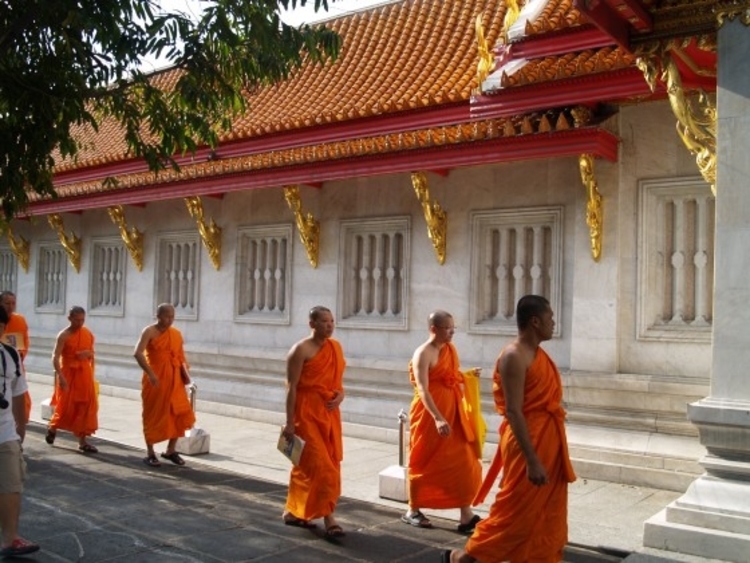
The terrain is tough and the weather is extremely harsh. The temperature is below freezing for most of the year. The population is not huge but scattered over a large, extremely difficult area of small multiple valleys surrounded by the largest mountains of the Himalayan range bordering Nepal, China, Tibet, India and Northern Pakistan. People live in small villages of a few hundred people living together for centuries, sharing ancient traditions that provide them with survival skills.

Even in this social isolation, people have their spiritual needs. This is mainly fulfilled by the travelling monks and nuns who pass through the villages while on pilgrimage to the ancient Buddhists Monasteries in the remotest of the places in the Himalayan range. Whenever the villagers come across these monks and nuns, they feed them, look after their worldly comfort and in return ask them for their Asheerbaad and spiritual blessings. These monks and nuns have left the worldly affairs to get a better Karma. Although they give their spiritual blessings to these villagers, they do not want to get involved in the physical aspect of existence and are on the journey of spiritual reincarnation.

For villagers, the use of open fire is essential for their survival. The fire helps them to cook and to keep them alive in the face of freezing weather. Clothing is warm but mostly loose and flowing. Houses are made up of wood and dried natural grass and shrubs. The risk of fire and burn injuries is therefore extremely high. Burn care or any other organised medical help is unimaginable. But the burn related suffering and pain is real, as real and resistant as the surrounding mountains of Himalayan range.

Is there anything one can do to minimise pain and avoid burn related suffering in this scenario? These monks and nuns have their spiritual training schools in the foothills of Himalayas. Drupka Mountain is one such Buddhist Monastery where three hundred female nuns get spiritual education and training from their spiritual masters. If these young and committed female nuns are trained in fire safety, burn prevention, first aid and basic treatment then they can impart this knowledge to those hundreds of villagers that come to meet the nuns for Asheerbaad and spiritual blessing as nuns travel for their twice yearly five hundred miles pilgrimage in the midst of the Himalayan range. Burn related suffering can be minimised by means of spreading awareness and knowledge through these monks and nuns. But this will mean a shift of a spiritual
paradigm from the position of non-involvement in the worldly affairs to the active intervention in the physical world to minimise suffering. On a recent trip to the Drupka Mountain Monastery Interburns attempted to convince these nuns and their spiritual leaders to follow Interburns philosophy of achieving spiritual uplift by being involved in the act of goodness in this world and to minimise suffering by eliminating ignorance and injustice of the present world to achieve a better Karma in future. This effort and partnership will continue. Socrates once said that knowledge is goodness and negligence is evil. Interburns attempted the Socratic methodology to increase awareness and impart knowledge to achieve a spiritual paradigm shift in Nepal.

Great delivery. Solid arguments. Keep up the good spirit.